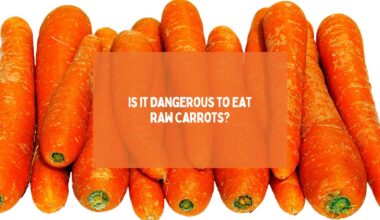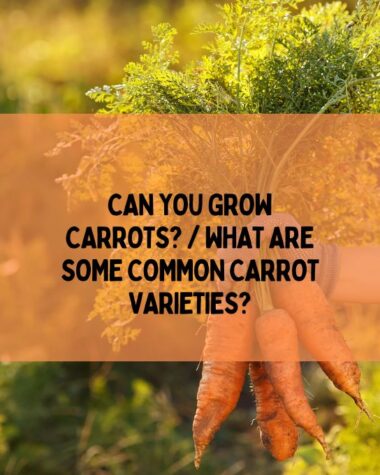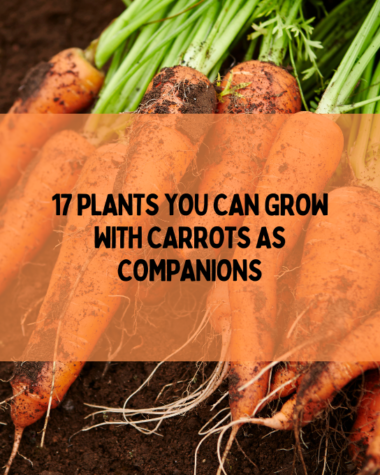To save carrot seeds, allow carrots to mature fully, Harvest the carrots, Remove the tops, Prepare the seeds, Clean the seeds, Dry the seeds, and Store the seeds.
Want to save carrot seeds for your next harvest? Follow these step-by-step instructions for a successful seed-saving process.
Seed Saving carrots is a great way to ensure a successful harvest year after year. This comprehensive guide will show you how to save carrot seeds and discuss why it’s essential. By the end of this tutorial, you’ll be equipped with the knowledge to save carrot seeds and use them for future plantings.
What Will You Need To Know On How To Save Carrot Seed?
To save carrot seeds, you will need the following items:
- Ripe carrots
- Garden fork or shovel
- Bucket or container or Paper bag
- Cheesecloth or fine mesh sieve
- Drying rack or screen
- Envelopes or small bags for storing seeds in an airtight container
Step-By-Step Instructions: How To Save Carrot Seeds?
Learn the simple process of saving carrot seeds with our step-by-step instructions. Discover how to preserve and collect seeds from your homegrown carrots, enabling you to cultivate a continuous supply of this nutritious vegetable.
Follow our easy-to-understand guide and master the art of saving carrot seeds to ensure a bountiful harvest year after year.
Allow Carrots To Mature Fully.
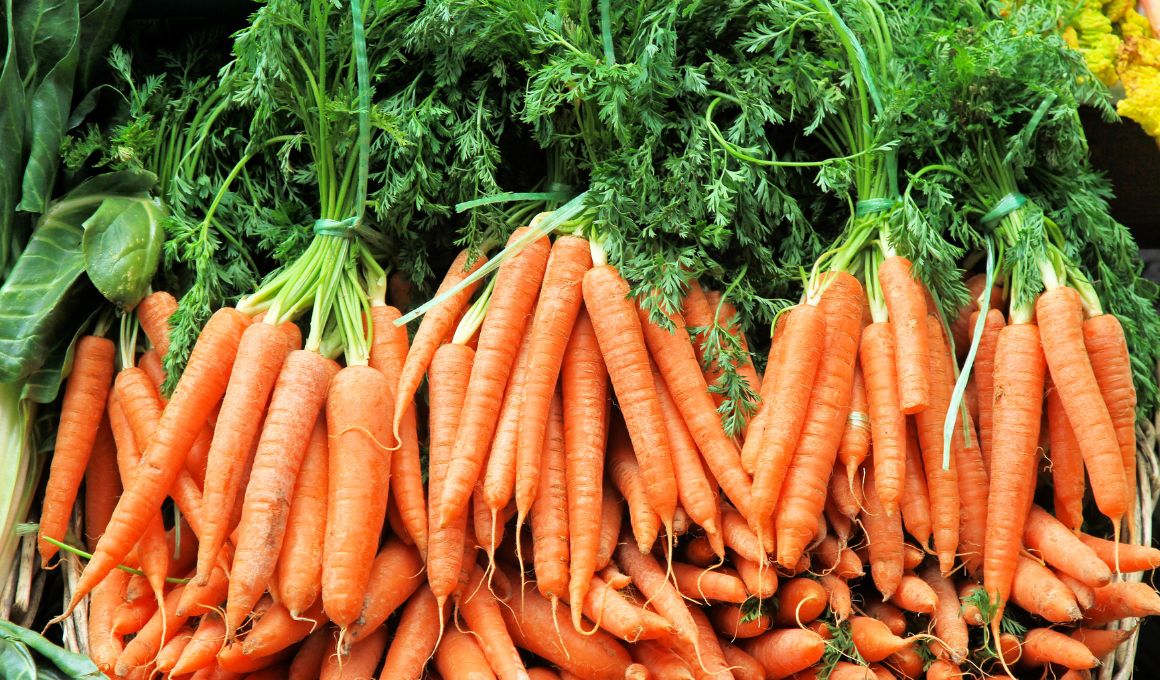
Wait until the carrots have been in the ground for at least two growing seasons. Carrots typically take about 80 to 100 days to reach maturity.
Harvest The Carrots
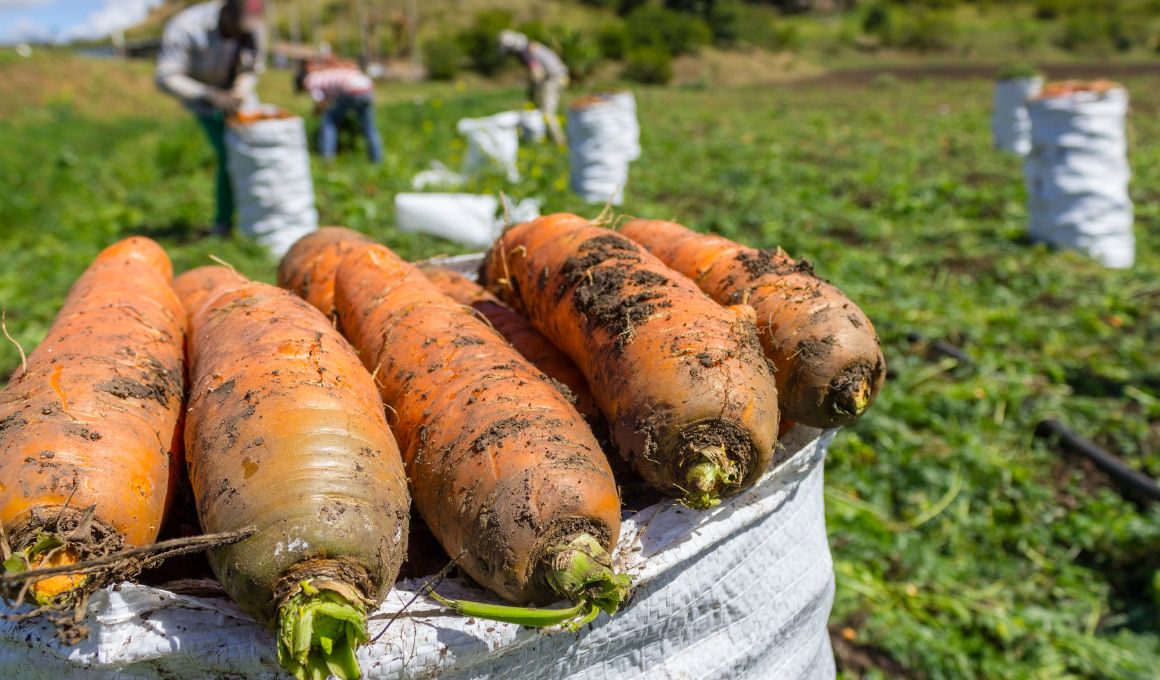
Use a garden fork or shovel to remove the carrots from the ground carefully. Be careful not to damage the carrot tops, affecting seed production.
Remove The Tops
Cut off the tops of the carrots, leaving about 1 inch of stem. Set the carrot tops aside for composting.
Prepare The Seeds

Rub the carrots together to remove the outer layer of the skin and expose the seeds. Place the seeds in a bucket or container.
Clean The Seeds
Fill the container with water and stir the seeds to separate them from any remaining skin or debris. Pour the seeds through a cheesecloth or fine mesh sieve to remove any remaining debris.
Dry The Seeds
Spread the seeds out on a drying rack or screen in a dry, cool area. Allow the seeds to dry for at least two weeks.
Store the Seeds

Once the seeds are dehydrated, store them in envelopes or small bags. Label the bags with the variety and date of harvest. Store the seeds in a cool, dry place until you’re ready to use them for planting.
Related Read
- Why Do Carrots Sometimes Look Weird? Understanding Deformed Carrots And How To Fix Them
- How To Grow Delicious Danvers Carrots?
- How To Grow Imperator Carrots?
Understanding Carrot Seeds
Carrot seeds are small and oval-shaped, measuring around 2mm in length. They have a hard outer layer, which protects the embryo inside. The embryo contains the necessary genetic material for the carrot plant to grow.
The endosperm, which surrounds the embryo, provides the initial food source for the developing plant until it can photosynthesize. The seeds may vary in color depending on the variety, but most are brown or black.
Types of Carrot Seeds and their Characteristics
There are several types of carrot seeds available in the market. Here are some of the most common:
- Heirloom Carrot Seeds: These open-pollinated seeds produce plants that are true to the parent. They have been passed down through generations of gardeners and are often prized for their unique characteristics.
- Hybrid Carrot Seeds: These seeds are produced by crossbreeding two different varieties of carrots. They are often more disease-resistant and have better yields than heirloom varieties. However, they may not produce plants that are true to the parent.
- Pelleted Carrot Seeds: These seeds are coated with a layer of clay, which makes them easier to handle and plant. They are often used in commercial agriculture.
- Organic Carrot Seeds: These seeds are produced without synthetic fertilizers, pesticides, or herbicides. They are often more expensive than conventional seeds.
- Colored Carrot Seeds: These seeds produce carrots that are purple, red, yellow, or white instead of the traditional orange. They are often prized for their unique appearance and may have different nutritional benefits than traditional carrots.
How to Identify High-Quality Carrot Seeds?
Here are some tips to help you identify high-quality carrot seeds:
- Check the expiration date: Make sure the seeds have not expired. Old seeds may not germinate properly.
- Look for a high germination rate: The packaging should indicate the percentage of seeds expected to germinate. Look for a rate of at least 80%.
- Choose reputable brands: Purchase seeds from well-known companies with a good reputation for quality.
- Check for purity: The packaging should indicate the purity of the seeds. Look for seeds that are at least 95% pure.
- Consider your needs: Choose a variety of seeds suitable for your growing conditions and desired characteristics.
Identifying When Carrot Seeds are Ready for Harvesting

Carrot seeds are ready for harvesting when the flowers have dried and turned brown. The seed heads will have a feathery appearance, and the seeds will be visible inside the heads. You can also gently shake the seed head; if the seeds rattle inside, they are ready for harvest. It usually takes 2-3 weeks for the flowers to dry out and for the seeds to mature.
Also, Read
- How to Grow Chantenay Carrots?
- Carrot Weevils: How To Identify, Prevent, And Manage Infestations In Your Garden
- The Root Of The Problem: Why Your Carrot Seedlings Are Dying
How to Ensure Seed Viability?
Harvesting the seeds at the right time is essential to ensure seed viability. Harvesting too early can result in immature seeds, which may not germinate. Harvesting too late can result in seeds falling to the ground or being eaten by birds or insects.
After harvesting, you should dry the seeds thoroughly before storing them. Place the seed heads in a warm, dry location and let them completely dry out. Once dry, gently rub the seed heads between your hands to release the seeds. Remove any debris or trash from the seeds.
Store the seeds in an excellent, dry location in an airtight container. Carrot seeds can remain viable for up to three years if stored properly. Keeping the seeds away from moisture, heat, and light is essential to remain viable.
To test the viability of the seeds, you can perform a germination test. Place a few seeds on a moist paper towel and keep them in a warm location. Check the seeds daily for germination. If a high percentage of the seeds germinate, they are still viable. If only a few or none of the seeds germinate, the seeds may not be viable and should be replaced.
Conclusion
Congratulations! You’ve successfully learned how to save carrot seeds for future plantings. By following these steps, you can ensure a successful harvest year after year. Remember to share your experience in the comments below and share this article with your friends who love gardening.
Premium offer: If you want to take your gardening skills to the next level, check out our series of websites on different vegetables like happinesscucumber, and happinesstomato guide on how to start your vegetable garden.
Frequently Asked Questions
Can I save carrot seeds from store-bought carrots?
Yes! You can save seeds from store-bought carrots, but remember that many are hybrids, so the seeds may not produce the same type of carrot as the parent plant.
How long do carrot seeds remain viable?
Carrot seeds can remain viable for up to three years if stored properly.
How do I know if my carrot seeds are still good?
The easiest way to test the viability of your carrot seeds is to perform a germination test. Simply place a few seeds on a damp paper towel and put them in a plastic bag. Keep the bag in a warm, dark place for a few days, and if the seeds sprout, they are still good.
Do I need to ferment my carrot seeds before planting?
Fermenting carrot seeds can help remove the protective coating and increase germination rates, but it is unnecessary. If you choose to ferment your seeds, place them in a jar of water and let them sit for a few days until a layer of mold forms on top. Then, rinse the seeds and dry them before planting.
What is the ideal temperature for storing carrot seeds?
Carrot seeds should be stored in a cool, dry place with a consistent temperature between 32 and 41 degrees Fahrenheit. A refrigerator or freezer can be a good option for long-term storage.

